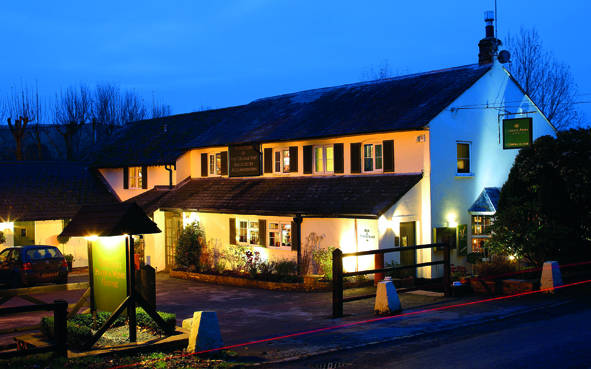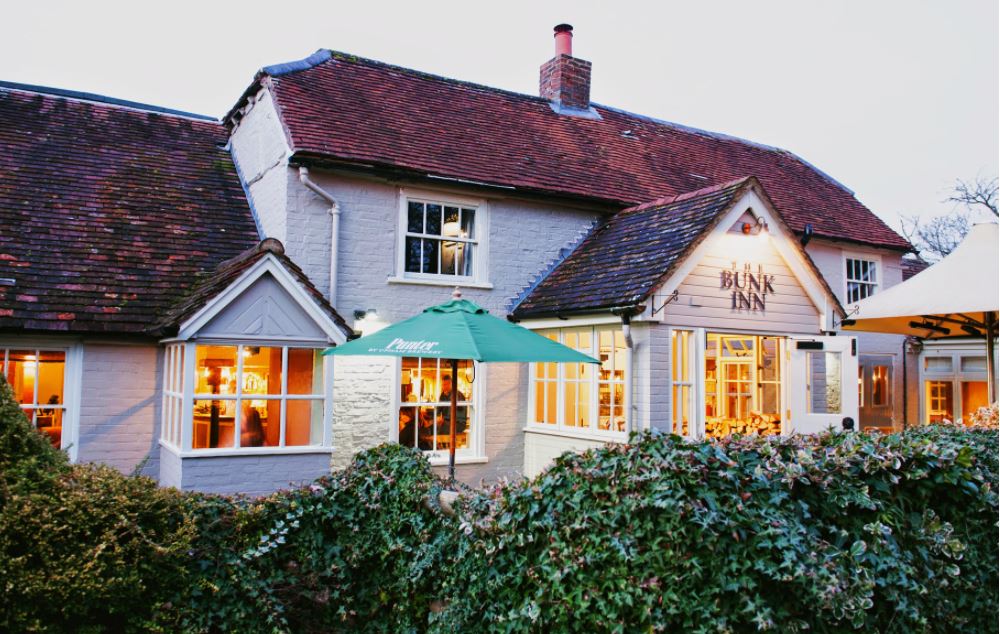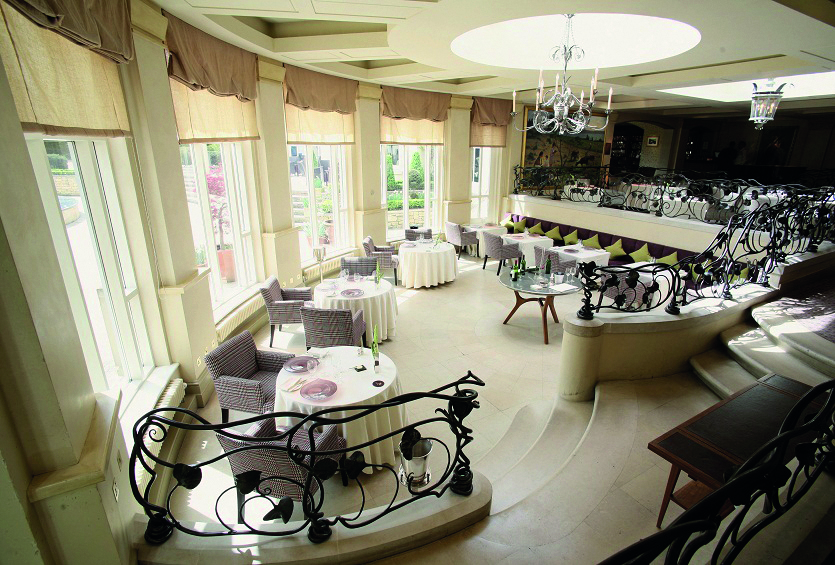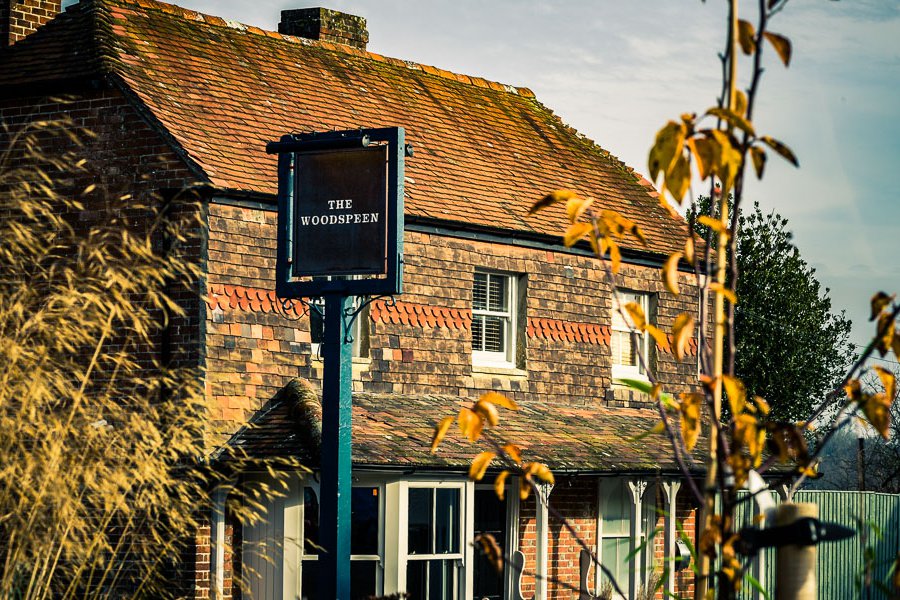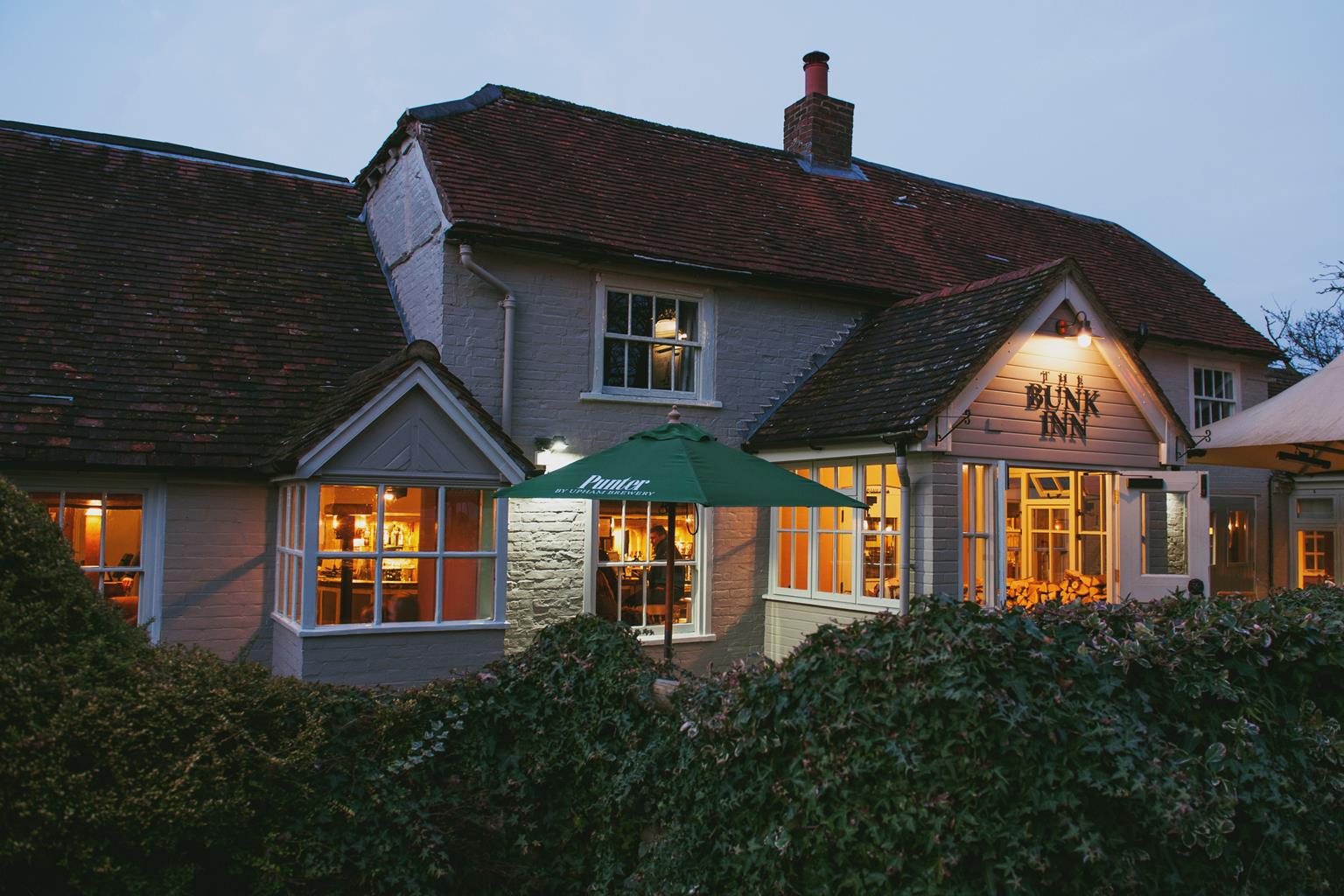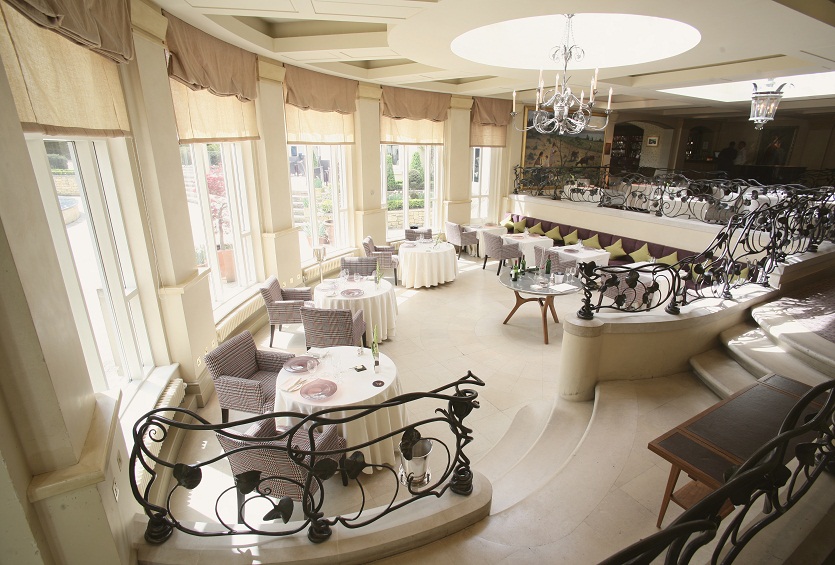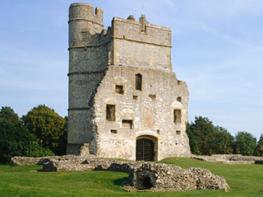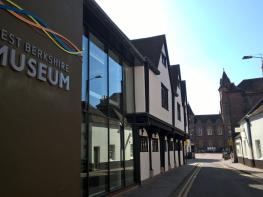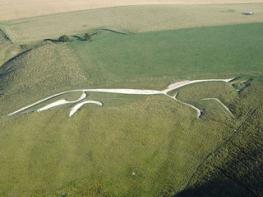The perfect choice for lovers of country pursuits, the Queens Arms is located in the beautiful…
Around Chaddleworth

5 miles (8kms)
About the walk
The sweeping Lambourn Downs lie at the heart of Berkshire's loveliest and most isolated country – an area with a long tradition for racehorse training. Whatcombe racing stables and stud (passed on this walk) is nationally famous, and several Derby winners have been trained on nearby Woolley Downs, one of the best training gallops in the country, known for the superb quality of its turf.
The sport of kings
Horse racing dates back to the days of chariot races in Greece and Rome, with blockbuster movies like the immortal Ben-Hur (1958) giving us a flavour of what it would have been like to vie for honours in the ancient arenas. Racing as we know it today has its origins in the period of the Stuart kings. James I established stables at Newmarket, in Suffolk, and it was here that he kept racehorses and 'riders for the races' – the first royal jockeys.
Towards the end of the 17th century racehorses were beginning to appear all over the country, with many breeders introducing Arabian stock. Three of these stallions were the sires from which all our thoroughbreds are descended. As the sport began to draw spectator interest, it split into two different categories: flat racing and racing over jumps.
Downs for gallops
Training stables were soon a permanent feature of life in the countryside, but they had to have easy access to large tracts of open downland and grassland over which gallops could be laid for racing practice. As the flinty, chalk soil made this landscape unsuitable for ploughing, the Lambourn Downs were considered ideal terrain for horses to compete with one another and jockeys to sharpen and hone their skills.
Before the 1840s horses were treated with little care or compassion. They were taken on long gallops and wrapped in thick rugs to make them sweat. More suitable methods of training were introduced, which enabled trainers to look at each horse individually and assess its potential, fitness level and merit as a future winner.
Take a walk on the Lambourn Downs and you'll find it's not just horses and their jockeys who frequent this breezy corner of Berkshire – walkers love it, too. Yet often you can go there and be completely alone. Other than occasional birdsong and the sound of trees sighing gently in the breeze, there is not a sound to be heard. There are no obvious indications of modern day life – few dwellings, roads or cars. It is difficult to imagine being more remote or cut off from civilisation than here in the quiet rural backwater of the Lambourn Downs – Berkshire's glorious racing country.
Walk directions
From the entrance to the car park take the path opposite the former Ibex pub (currently closed), emerging at the next road by three thatched cottages. Keep right and follow the lane for 100yds (91m) to some steps and a footpath on the right. Follow the grassy path which cuts between fields, towards houses. Keep to the right of the village hall and cross the road to a kissing gate.
Skirt the field, ignore a footpath on the left and continue straight ahead. Bear right and go through two gates in quick succession, and keep a horse paddock on your left. Turn left at the end of the paddock (so it still to your left) and keep along the field-edge. Eventually the path begins to descend steeply, with Manor Farm visible below to the right, and becomes a track. Go over a stile and straight on at the road. Just before it bends right, look for a waymarked track on the left, descending to Manor Farm.
Cross the road and follow the path up the slope to a stile. Continue straight ahead, through the gap to the left of the roped-off posts, between wire fences, and ascend the steep slope to the brow of the hill. Descend the slope (the path may be overgrown) to the corner of the field, climbing over a small section of fencing, with two stiles adjacent. Go over these and make the sharp descent straight ahead downhill. The gallops at Whatcombe are clearly visible across the fields below. Cross a stile, then another to reach the road. Follow the sign to Whatcombe and South Fawley. Turn left at the entrance to the Whatcombe Estate and go through the gate. On reaching the Stud, keep left and take the waymarked bridleway.
Climb gradually, and where the track bears left continue ahead on a grassy path. Veer left to a gap in the corner of the field, leading to a small wood. Soon through the wood, the path continues to the left, along its edge. Descend the bank to the overgrown path at the corner of the field and turn left, down onto a path by an electricity generator and mobile phone mast. After a few paces emerge from the trees and fork left onto a track, continuing downhill with farm outbuildings to your right. Pass the attractive buildings of Henley Farm and follow the byway down to the road. Cross to a narrow lane and bear left at the next junction.
Take the first narrow, unmarked lane on the right and climb steeply to a left-hand bend. Walk along to the next junction, turn right and pass the village sign for Chaddleworth. The church is on the left. Turn right towards Shefford, and take the first path left. Enter a field via a squeeze stile and cross it, keeping to the left-hand boundary and passing a large house.
Cross another squeeze stile, in the corner, and go left around the field-edge after a few paces, at a public footpath sign wreathed in nettles and foliage. After another 50 or so paces turn left and drop down to a modern housing development. Turn right at the main road and retrace your steps back to the car park, veering left along the path after the third thatched cottage.
Additional information
Field paths and tracks, stretches of road; 8 stiles
Classic farmland and remote, rolling country on edge of Lambourn Downs
On lead near livestock and in region of Whatcombe
OS Explorer 158 Newbury & Hungerford
Public car park on Main Street
None on route
WALKING IN SAFETY
Read our tips to look after yourself and the environment when following this walk.
Find out more
Also in the area
About the area
Discover Berkshire
Berkshire essentially consists of two distinct parts. The western half is predominantly rural, with the Lambourn Downs spilling down to the River Lambourn and the Berkshire Downs to the majestic Thames. The eastern half of Berkshire may be more urban but here, too, there is the opportunity to get out and savour open spaces. Windsor Great Park and Maidenhead Thicket are prime examples. Threading their way through the county are two of the South’s prettiest rivers – the Lambourn and the Pang. Beyond the tranquil tow paths of the Kennet and Avon Canal, Greenham Common’s famous airbase has been transformed to delight walkers of all ages.
Reading and Newbury are the county’s major towns, and the River Kennet flows through them both. Reading is a vibrant, multicultural centre with great shopping and plenty of history. Oscar Wilde was incarcerated in Reading prison in the late 19th century, and wrote The Ballad of Reading Gaol about his experience. Newbury is probably best known for its race course, which opened in 1905, although the first recorded racing at Newbury was a century before that. Famous people born in the county include Catherine, Duchess of Cambridge, Kate Winlset and Ricky Gervais.
Nearby stays
Restaurants and Pubs
Nearby experiences
Recommended things to do
Why choose Rated Trips?
Your trusted guide to rated places across the UK
The best coverage
Discover more than 15,000 professionally rated places to stay, eat and visit from across the UK and Ireland.
Quality assured
Choose a place to stay safe in the knowledge that it has been expertly assessed by trained assessors.
Plan your next trip
Search by location or the type of place you're visiting to find your next ideal holiday experience.
Travel inspiration
Read our articles, city guides and recommended things to do for inspiration. We're here to help you explore the UK.

